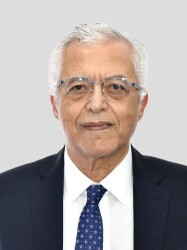BibTex format
@article{Pai:2015:10.4240/wjgs.v7.i4.52,
author = {Pai, M and Habib, N and Senturk, H and Lakhtakia, S and Reddy, N and Cicinnati, VR and Kaba, I and Beckebaum, S and Drymousis, P and Kahaleh, M and Brugge, W},
doi = {10.4240/wjgs.v7.i4.52},
journal = {World Journal of Gastrointestinal Surgery},
pages = {52--59},
title = {Endoscopic ultrasound guided radiofrequency ablation, for pancreatic cystic neoplasms and neuroendocrine tumors},
url = {http://dx.doi.org/10.4240/wjgs.v7.i4.52},
volume = {7},
year = {2015}
}

